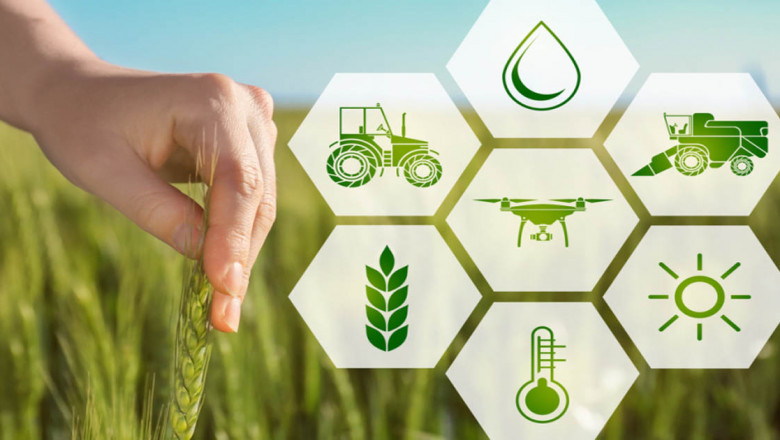views
Insecticide and Its Uses in Agriculture
Introduction
Cartap is a widely used insecticide that plays a crucial role in pest management within the agricultural sector. It belongs to the class of nereistoxin analogs and is known for its effectiveness against a variety of insect pests that damage crops. This article explores the properties, applications, benefits, and precautions associated with Cartap to help farmers and agricultural professionals make informed decisions.
Cartap is a synthetic insecticide derived from nereistoxin, a natural toxin found in marine annelids. It primarily acts as a stomach poison and contact insecticide, disrupting the nervous system of pests by inhibiting their ability to process nerve signals. This leads to paralysis and eventual death of the targeted insects, making Cartap highly effective in controlling pest populations.
Common Uses of Cartap in Agriculture
Cartap is extensively used in agriculture to protect crops from various harmful pests. Some of its key applications include:
-
Rice Crops: It effectively controls rice stem borers, leaf folders, and other pests that significantly impact rice yields.
-
Vegetable Cultivation: Cartap is used on crops such as cabbage, cauliflower, and tomatoes to manage caterpillars, aphids, and leaf-eating insects.
-
Sugarcane and Cotton: It helps in controlling borers and sucking pests that can damage these commercial crops.
-
Tea Plantations: Cartap is used in tea farming to protect plants from tea tortrix and other destructive insects.
-
Orchards and Fruit Crops: It is employed in citrus, mango, and other fruit plantations to safeguard against pests like fruit borers and leaf miners.
Advantages of Using Cartap
Cartap offers several benefits that make it a preferred choice among farmers:
-
Effective Against Resistant Pests: Unlike some conventional insecticides, Cartap remains effective against pests that have developed resistance to other chemical treatments.
-
Low Toxicity to Humans and Animals: Compared to many other pesticides, Cartap has relatively lower toxicity to mammals, making it safer for farmers and consumers.
-
Reduced Environmental Impact: Cartap has minimal residual effects on soil and water, making it an environmentally friendly option when used correctly.
-
Systemic and Contact Action: Its dual mode of action ensures comprehensive pest control, reducing the chances of infestation recurrence.
Precautions and Safety Measures
While Cartap is effective, proper handling and application are essential to ensure safety and maximize its benefits:
-
Dosage Compliance: Always follow the recommended dosage as per agricultural guidelines to avoid excessive residues.
-
Protective Gear: Farmers should wear gloves, masks, and protective clothing while handling Cartap to prevent skin contact and inhalation.
-
Application Timing: Avoid spraying during peak pollination periods to protect beneficial insects such as bees.
-
Proper Storage: Keep Cartap in a cool, dry place away from food, children, and pets to prevent accidental exposure.
Conclusion
Cartap is a powerful insecticide that plays a vital role in protecting crops from destructive pests. Its effectiveness, relatively low toxicity, and environmental safety make it a valuable tool in modern agriculture. However, responsible usage is crucial to prevent any adverse effects on human health and the ecosystem. By understanding its properties and applications, farmers can leverage Cartap for sustainable and efficient pest managem














Comments
0 comment